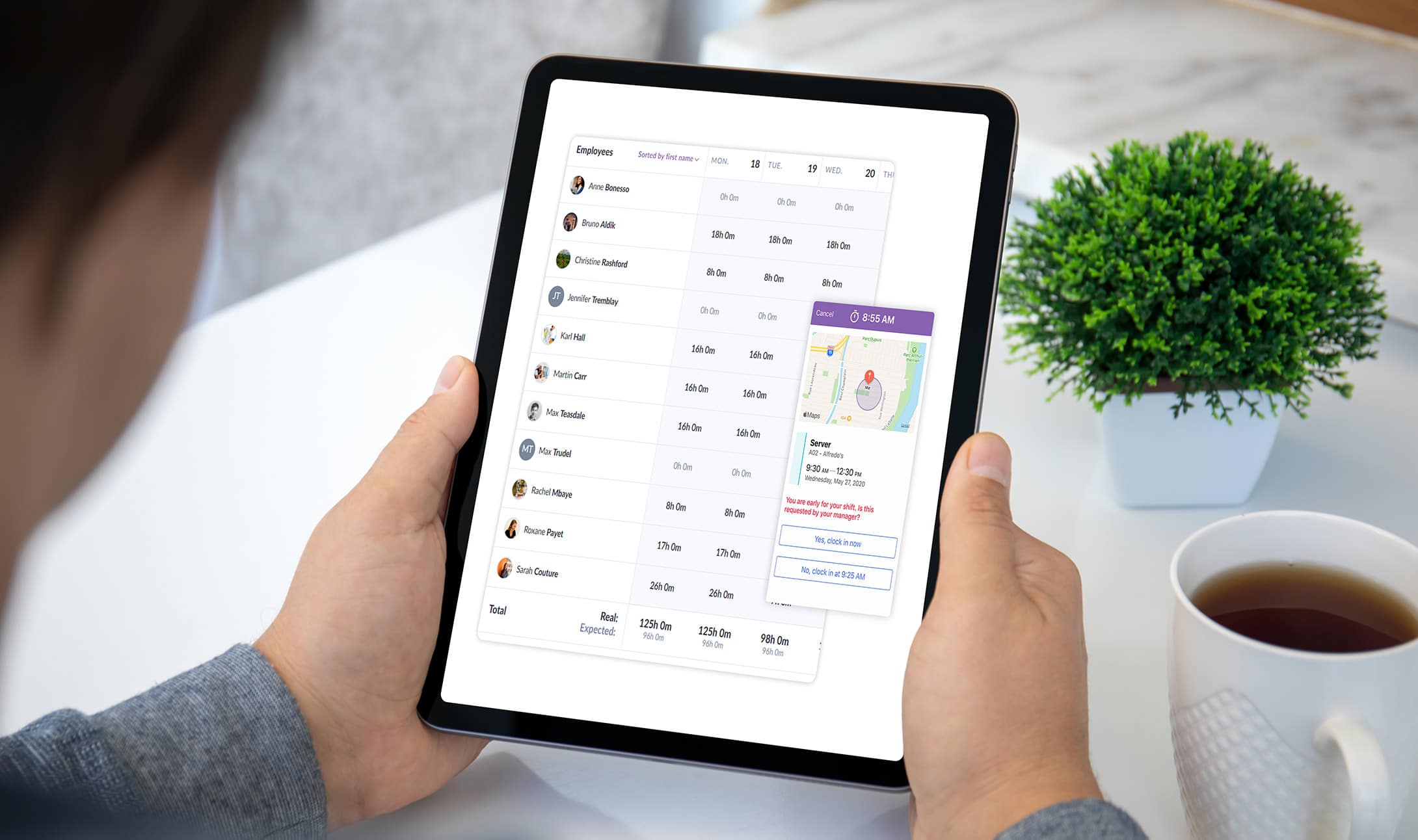Whether you have a shortage of workers or want to reward your loyal employees, sometimes it is in your best interest to offer overtime to specific employees.
With an all-in-one HR software, managers can easily keep employees’ profiles up to date to ensure the most deserving employees get dibs on overtime based on their performance, seniority or job status. This information from your employee database software can then be passed along (automatically, of course!) to your scheduling solution and applied to your business rules. That way you can reward your hardest-working employees with 1.5X and 2X the hourly rate.
Not only do these OT expenditures increase your productivity and keep your business running, they also become an investment in your employees’ happiness. If you cannot avoid overtime, why not make it as profitable as you can?
With Evolia, you can create custom rules for different employee groups, apply them automatically and choose how they interact with each other. For example, if you have trouble filling certain shifts or want to reward your hard-working staff, you can add an hourly bonus, multiplier or fixed amount onto their shift using shift premiums. To get the most out of your workforce and scheduling experience, you can easily integrate your data onto Folks and Evolia without worrying about double entries.













